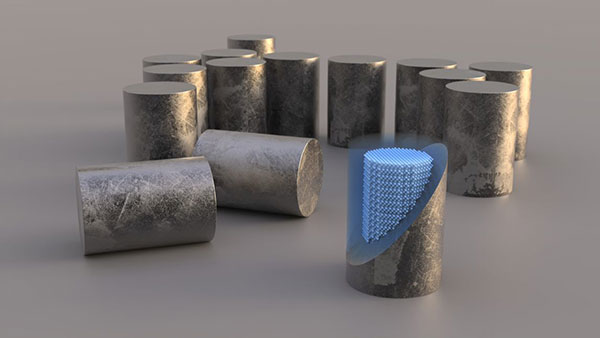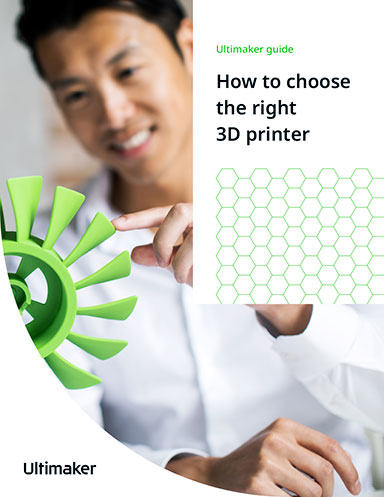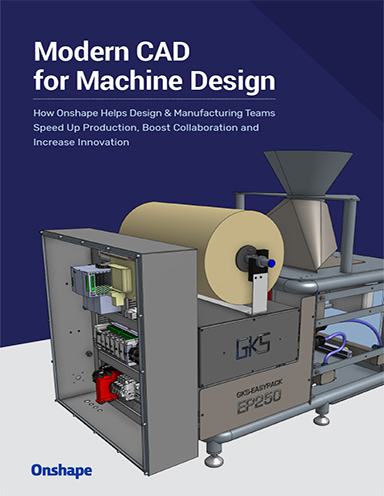Ultra Safe Nuclear Corporation Adopts Desktop Metal X-Series Line of 3D Printers
Goal is to deliver advanced nuclear energy solutions.

USNC transforms pure, crystalline, nuclear-grade silicon carbide into shapes and forms that can safely surround a nuclear fuel particle, enabling USNC’s Fully Ceramic Micro-encapsulated fuel innovation, company says. Image courtesy of Desktop Metal.
Latest News
March 11, 2022
Desktop Metal, Inc. reports that Ultra Safe Nuclear Corporation (USNC), developer of Micro Modular Reactor (MMR) systems for the production of safe, clean and reliable nuclear energy, has adopted two 3D printers from the recently updated X-Series line of binder jetting systems, with two additional machines to follow this year, the companies report.
Desktop Metal’s recently rebranded X-Series line of binder jet 3D printing systems for metal and ceramic powders—which includes the InnoventX, X25Pro and X160Pro—can 3D print advanced materials such as silicon carbide (SiC), a technical ceramic with extreme environmental stability often used in aerospace, armor, plasma shield and high-temperature applications.
USNC transforms highly pure, crystalline, nuclear-grade SiC into the shapes and forms that can safely surround a nuclear fuel particle, enabling USNC’s Fully Ceramic Micro-encapsulated (FCM) fuel innovation. The technology, which is detailed in a case study also released, is a key component of USNC’s ifuel design for use in a new generation of advanced reactors.
“Binder jetting is a low-cost, high-yield, reliable process for our complex serial production,” says Dr. Kurt A. Terrani, executive vice president of USNC’s Core Division and an internationally recognized technology leader in nuclear fuels. He previously led multiple research and development efforts at Oak Ridge National Laboratory.
The X-Series line was designed to scale applications from research and development to mass production with repeatable open parameters and performance across a range of machines. With the small-format InnoventX already installed at the company’s facility in Salt Lake City, UT, USNC has developed its next-generation nuclear fuel matrix to be scaled up on the larger X25Pro and X160Pro systems.
“Driving mass adoption of additive manufacturing requires scalable systems capable of printing high-performance materials that enable the most innovative applications,” says Ric Fulop, co-founder and CEO of Desktop Metal. “We’re proud to support the mission of USNC with flexible binder jetting technology that takes customers all the way to production and helps play a role in solving global-scale problems with additive manufacturing solutions.”
The X-Series family of scalable printers—the InnoventX, X25Pro and X160Pro—offers advanced compaction technology for dispensing, spreading and compacting powders during the binder jet printing process. This open materials architecture is capable of binding together a range of powders and allows X-Series printers to process metals, ceramics and more with high density and repeatability for functional, precision parts and tooling in a wide range of build areas. Important for 3D printing silicon carbide, the whole process is carried out at low temperatures. This enables USNC to create complex and bespoke shapes in a material that is difficult or impossible to manufacture with traditional technologies or laser-based 3D printing methods.
To learn more about Desktop Metal and the X-Series, click here.
Sources: Press materials received from the company and additional information gleaned from the company’s website.
Subscribe to our FREE magazine, FREE email newsletters or both!
Latest News
About the Author
DE’s editors contribute news and new product announcements to Digital Engineering.
Press releases may be sent to them via [email protected].






